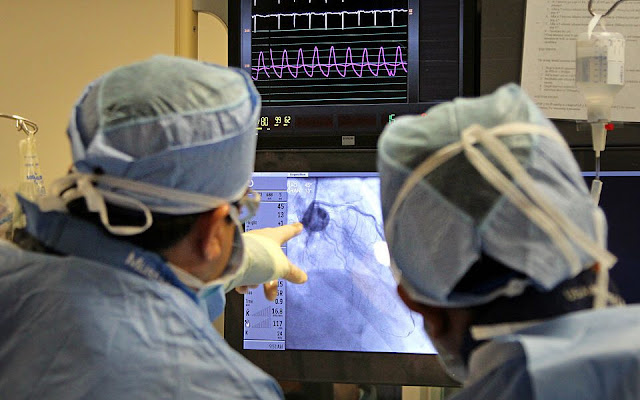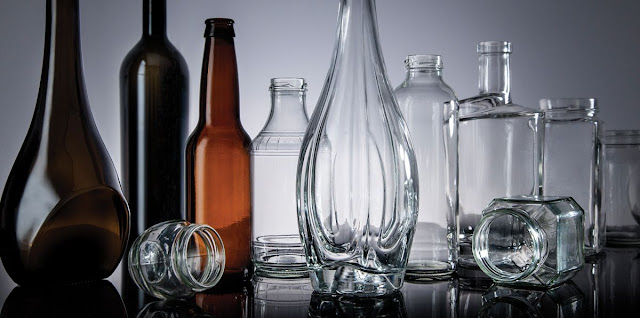Interventional Cardiology Devices: A Breakthrough in Cardiovascular Care
 |
| Interventional Cardiology Devices |
Coronary artery disease, vascular
disease, structural heart disease, and congenital heart abnormalities are all
diagnosed and treated using specialist catheter-based procedures in interventional
cardiology, a branch of cardiology. Measurements of cardiovascular functions,
such as blood pressure and blood flow in significant arteries throughout the
body and inside the various heart chambers, are made by interventional
cardiologists using a variety of diagnostic equipment and imaging techniques.
Unlike typical "open" heart procedures, interventional cardiologists
don't conduct these.
Interventional
cardiology devices are specialised medical equipment used in minimally
invasive treatments to identify and treat heart conditions. These innovations
in cardiology have made it possible for medical professionals to carry out
intricate treatments without requiring open heart surgery. We'll examine some
of the most popular interventional cardiology devices and their uses in more
detail in this blog.
1. Balloon Catheters
One of the most often utilised interventional
cardiology tools is the balloon catheter. They help to unblock clogged
arteries during angioplasty treatments. A tiny balloon on the end of the
catheter is inflated to press plaque against the arterial wall and open blocked
arteries. To maintain the artery open, balloon catheters are frequently used in
combination with stents and come in a variety of diameters to accommodate
different arteries.
2. Stents
Little, expandable metal mesh
tubes called stents are inserted into a blocked or constricted artery to help
keep it open. In angioplasty operations, they are frequently utilised in
combination with balloon catheters. The stent is inserted to assist maintain
the artery open after the balloon catheter has been used to widen it. Several
materials, including stainless steel, nitinol, and cobalt-chromium, can be used
to create stents.
3. Atherectomy Instruments
Plaque accumulation inside
arteries is removed using atherectomy devices. When plaque is too hardened or
hard to remove with balloon catheters or stents, they are frequently employed.
A revolving blade or a laser is used in atherectomy devices to cut or grind
away the plaque. Atherectomy devices come in a variety of forms, including
orbital atherectomy, rotational atherectomy, and directional atherectomy.
4. Intravascular Ultrasound (IVUS) Devices
High-frequency sound waves are
used by intravascular ultrasound equipment to create pictures of the inside of
arteries. They assist in guiding the placement of these devices when utilised
with balloon catheters and stents. IVUS tools provide doctors with a clear view
of the precise location and degree of plaque formation inside the artery, which
can aid in improved treatment choices.
5. Transcatheter Heart Valves
Damaged or unhealthy heart valves
are replaced using transcatheter heart valves. Patients who are poor candidates
for conventional open-heart surgery often utilise them. During a transcatheter
heart valve procedure, a catheter is threaded through the blood arteries to the
heart and a new heart valve is inserted. The replacement valve is inflated and
secured in place after being placed.



Comments
Post a Comment